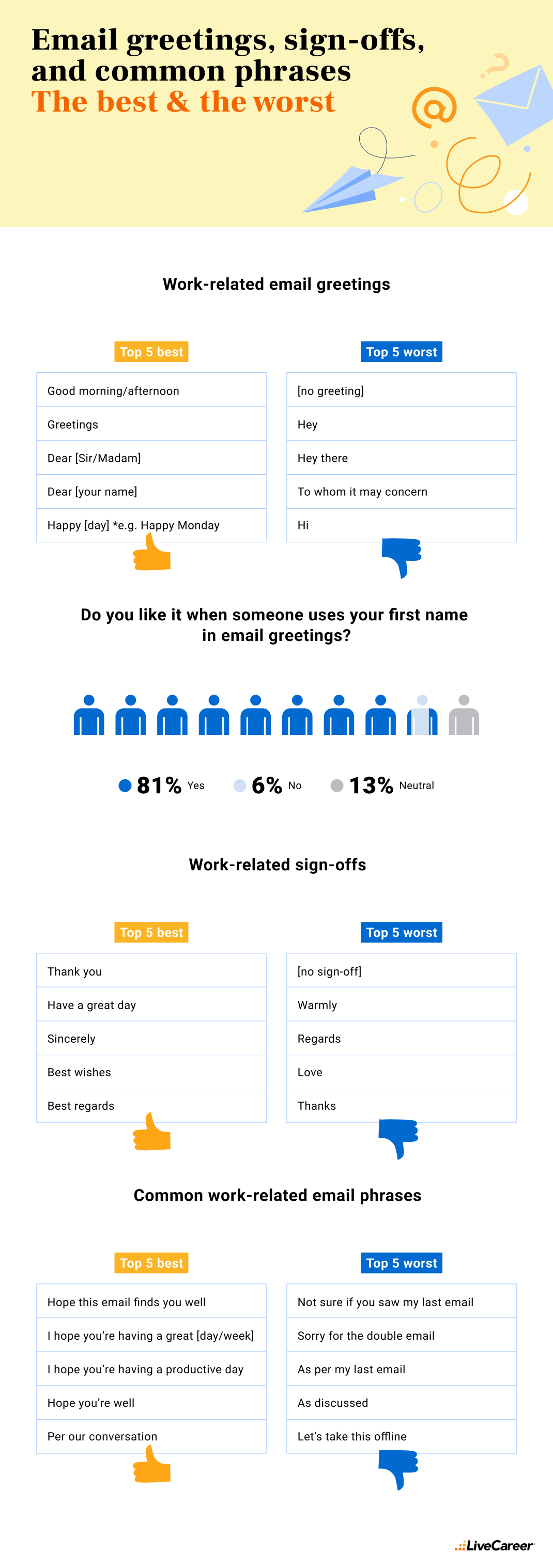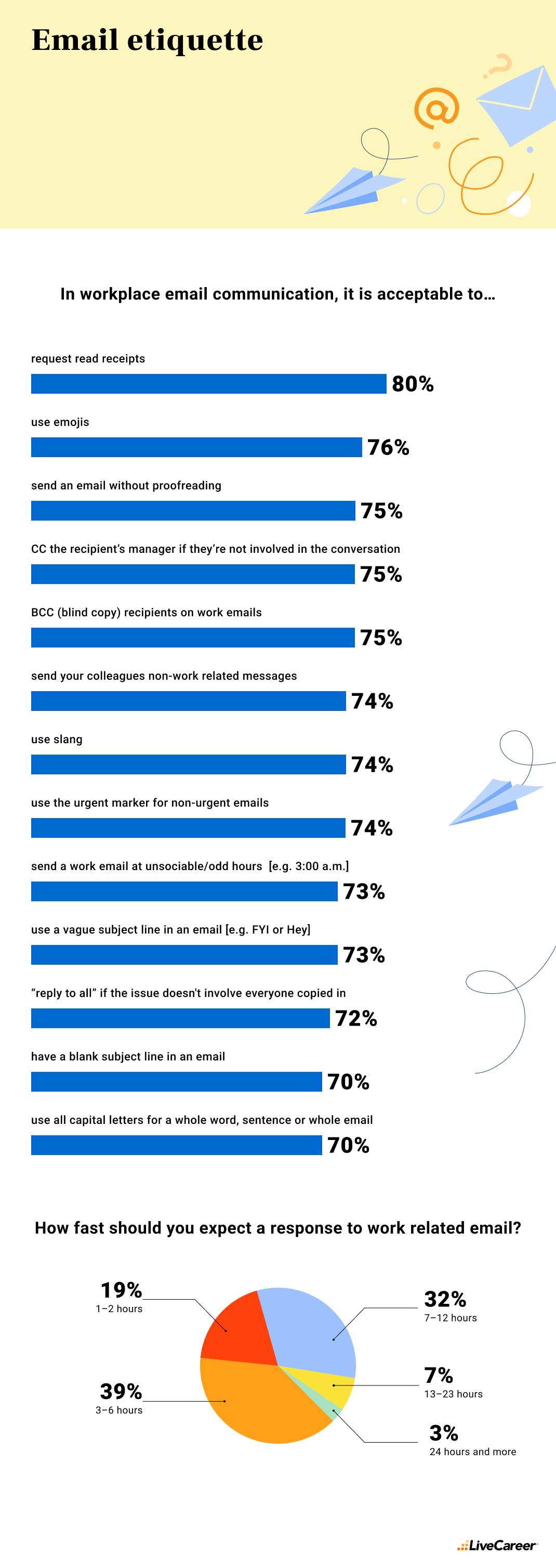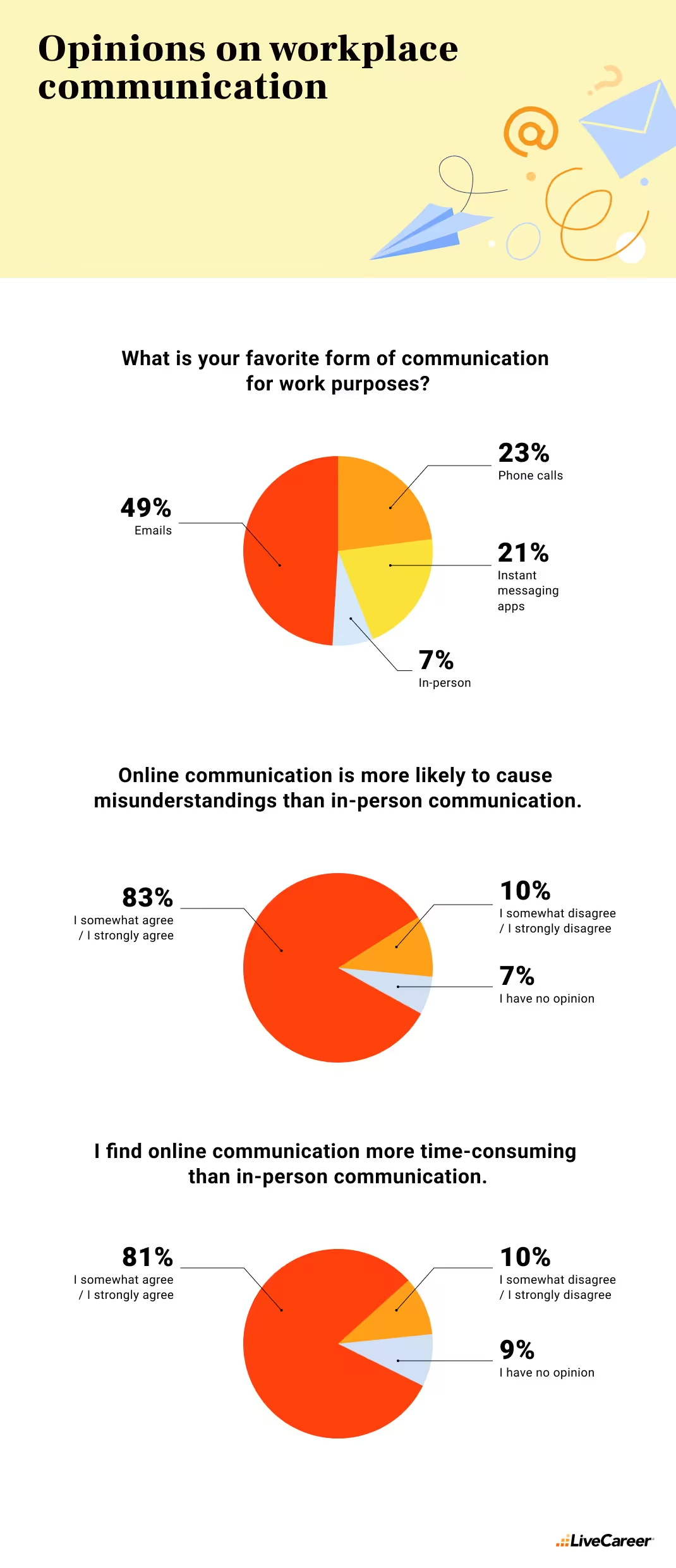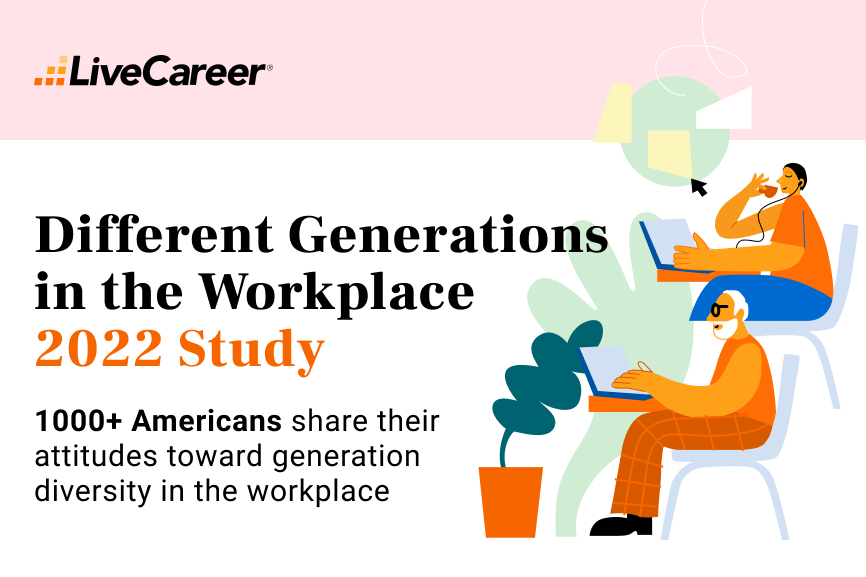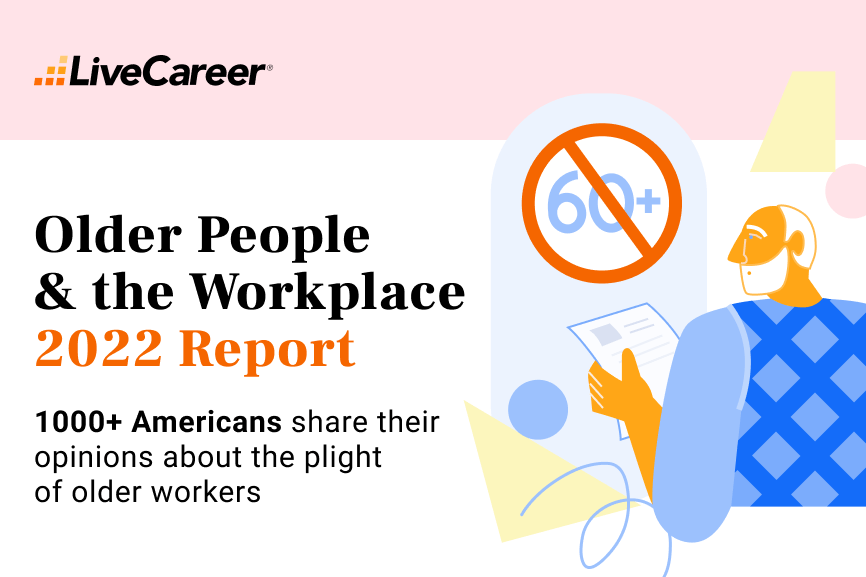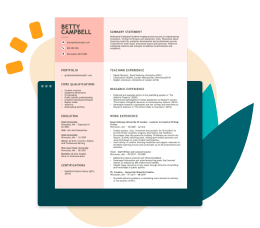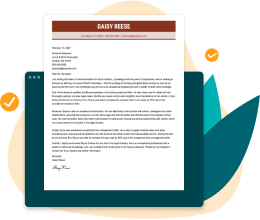Workplace Communication Pet Peeves 2023
Digital workplace communication. Regardless of whether it’s a blessing or a curse, in today’s world, it’s a must.
Love it or hate it, emails and instant messaging applications dominate our working lives more than ever. With remote work as the new normal, there’s no escaping it.
An endless stream of work emails. Notification overload. Emojis, memes, GIFs. Let’s find what feelings all that buzz evokes.
We surveyed over 1,000 employees to examine:
- general attitudes toward digital workplace communication
- first-hand experience with the most irritating online behaviors
- the best and the worst work email communication greetings, sign-offs and common phrases
- workplace communication dos and don’ts
- instant messaging etiquette rules
- feelings use of emojis, memes and GIFs in work communication evoke
Mute notifications, set yourself as unavailable, and keep reading to discover what our study revealed.
First, let’s have a look at a few facts about communication in times of remote work arrangements.
- Employees who regularly communicate with one another are more productive. According to the Connected Culture Report, nearly 1 in 10 (8.6%) employees reported feeling more productive, physically active, emotionally well, and more connected to colleagues during the shift to remote work.
- Pumble’s 2022 Workplace Communication Statistics Report shows that a full 86% of employees and executives consider the lack of effective collaboration and communication as the main causes of workplace failures. On the other hand, teams who communicate effectively may increase their productivity by as much as 25%.
- According to McKinsey Global Institute (MGI), social tools enhance communications, knowledge sharing, and collaboration. MGI’s experts suggest that by implementing social technologies, companies can raise productivity by 20–25%.
But now it’s time to focus on our study.
You’ve got mail: Workplace email communication
To start with, we asked participants how much time they spent checking their work mailboxes and replying to emails every day. The answers were as follows:
- Less than 1 hour – 10%
- 1–2 hours – 33%
- 2–3 hours – 40%
- 3–4 hours – 15%
- More than four hours – 2%
Quick math. With 260 working days in a year, it gives us 4 in 10 employees spending approximately three weeks to more than a month (520–780 hours) on work email correspondence. Every single year.
Interestingly, a lucky 58% who claimed they needed no more than two hours per day to sort out work-related emails had the least work experience (1–2 years). At the same time, the percentage drops to 36% in the case of employees with the longest work experience. The more you work, the more you care? Or is it just workplace Stockholm syndrome?
When it comes to deleting and sorting emails each week, survey takers claimed that such a cleanup consumed:
- less than 1 hour – 12%
- 1–2 hours – 32%
- 2–3 hours – 37%
- 3–4 hours – 16%
- More than four hours – 3%
Not too bad, not too good.
We also asked participants if they had ever achieved inbox zero. 62% had managed to experience the sweet taste of having no emails in their mailbox, and 38% had not. Surprisingly enough, a full 85% of healthcare industry workers had experienced the pleasure of an empty mailbox. Life-saving skills may not always prioritize taking action over workplace emails, it seems.
Let’s dig deeper.
- As many as 84% of research participants admitted they checked their work inboxes outside working hours. Is this the true face of work-life balance? Worrying.
- When it comes to the frequency of checking work emails outside working hours, 49% of respondents claimed they did it every few hours, 24% once a day, 20% every hour, and 7% immediately after seeing a notification.
Free time, harmony, mindfulness, workaholism. Find the odd one out.
And give it some deep thought. Seriously.
Email greetings, sign-offs, and common phrases
There’s no second chance at a first impression. Don’t mess it up with your email etiquette. Here’s how.
We checked which email greetings evoked positive emotion and which were better to avoid. The top 5 highest-rated ones included:
- Good morning/afternoon
- Greetings
- Dear [Sir/Madam]
- Dear [your name]
- Happy [day] (e.g. Happy Monday)
Nothing surprising. Correspondence classics, as you can see. Sticking to these evergreens seems an easy and safe way to greet people you contact for work purposes. Additionally, more than 8 in 10 (81%) participants said they liked being addressed by their first name.
Let’s focus on the worst greetings now.
- [no greeting]
- Hey
- Hey there
- To whom it may concern
- Hi
What’s noteworthy, only 17% of respondents who were 25 or younger declared they disliked a lack of greeting in workplace emails. Older survey takers, aged 26–40, seemed more critical as 25% of them viewed no greeting as impolite.
Moving on to work email sign-offs, according to research participants, the best choices were the following:
- Thank you
- Have a great day
- Sincerely
- Best wishes
- Best regards
Here we go again. Stick to the classic. Try to strike a balance between being too casual and too formal. Let’s have a look at the worst sign-offs now:
- [no sign-off]
- Warmly
- Regards
- Love
- Thanks
Hybrid workers (45%) and respondents from the manufacturing sector (33%) considered the lack of email sign-off particularly annoying. Participants employed in healthcare didn’t seem bothered, though. Only 9% of them viewed no email sign-off as something wrong, Maybe when there’s lives to save there’s no time to waste on the finer points of etiquette.
Interestingly, perception of such emotionally charged sign-off as “Warmly” and “Love” might depend on a participant’s age and a company’s size.
- Only 3% of respondents aged 25 or younger disliked “Warmly” used as a work email sing-off. At the same time, 13% of survey takers 41+ couldn’t stand that form of ending workplace communication. A similar view is shared by 18% of participants working in big companies (501 employees and more) and only 4% of those from small companies (1–50 employees).
- The situation was almost the same in the case of “Love,” reported as disliked by: 2% of survey takers aged 25 or less vs. 10% of people aged 41 and more, as well as 4% employed in small companies (1–50) vs. 20% employed in big companies (501+).
Younger people are more informal, as are small companies. The older and more corporate you are, the more formal you’re likely to be.
Time to examine attitudes toward common work-related email phrases. The top 5 best included:
- Hope this email finds you well
- I hope you’re having a great [day/week]
- I hope you’re having a productive day
- Hope you’re well
- Per our conversation
Conversely, the top 5 worst were the following:
- Not sure if you saw my last email
- Sorry for the double email
- As per my last email
- As discussed
- Let’s take this offline
Let’s be honest. In most cases, the first three are just pushy, passive-aggressive reminders that we are waiting for the reply. How could they sound if we didn’t try to mask our real intentions, then? Here are some suggestions:
- I’m sure you saw my last mail. Why didn’t you reply? I’m waiting.
- I’m not even close to feeling sorry for the double email. REPLY TO THE FIRST ONE.
- Hi. I’ll use “as per my last mail” just to make sure you feel the pressure.
The truth will set you free, indeed. At least from your current workplace. Our advice is to choose a conversational and friendly tone, like “Hope you’re well”.
Time to move on to email etiquette.
Email etiquette
We asked participants a series of questions regarding email dos and don’ts. What is acceptable in workplace email communication? Let’s find out. Below, you can see a percentage of respondents who considered a given behavior as acceptable:
- Requesting read receipts—80%.
- Using emojis—76%.
- Sending an email without proofreading—75%.
- CC’ing the recipient’s manager if they’re not involved in the conversation—75%.
- BCC’ing (blind copy) recipients on work emails—75%.
- Sending your colleagues non-work related messages—74%.
- Using slang—74%.
- Using the urgent marker for non-urgent emails—74%.
- Sending a work email at unsociable/odd hours [e.g. 3:00 a.m.]—73%.
- Using a vague subject line in an email [e.g. FYI or Hey]—73%.
- Choosing “Reply to all” option if the issue doesn’t involve everyone copied in—72%.
- Having a blank subject line in an email—70%.
- Using all capital letters for a whole word, sentence, or whole email—70%.
What’s worth mentioning, there were noticeable differences between answers given by respondents working in small companies (up to 50 employees) and those from big companies (501 employees and more).
- Using emojis was considered better communication practice in small companies (80%) than in big companies (59%).
- More than half of big companies’ employees (51%) found having a blank subject line in an email unacceptable. Conversely, in smaller companies, the percentage dropped to 23%.
- The same applies to a vague subject line, which wasn’t acceptable to 41% of respondents working in big companies. On the contrary, only 22% of people employed in small companies shared such a view.
We can easily assume that corporation workers receive much more emails than, for example, employees of a family business. A growing number of emails multiply reasons for which we can get annoyed. As simple as that.
Our respondents were also asked a question: “How fast should you expect a response to work-related email?”. Their answers were the following:
- 1–2 hours – 19%
- 3–6 hours – 39%
- 7–12 hours – 32%
- 13–23 hours – 7%
- 24 hours and more – 3%
Labor market is a fast-changing picture. So is workplace communication, as you can see. What was polite yesterday can annoy your colleagues today. Practice adaptability skills, you may need them sooner or later.
Instant messaging stats and etiquette
Our study also covered instant messaging. The growing popularity of remote work has made instant messaging an office essential. There’s no doubt about it, see for yourself.
- 9 in 10 research participants claimed they used instant messaging for work purposes.
- 70% of participants felt positive about communicating at work using IM applications. In some industries more than others, as in the case of 81% of business and finance employees.
- For work purposes, survey takers most often used Google Chat (46%). The other popular options were: Microsoft Teams (33%), Slack (13%), and Discord (3%).
Let’s see what instant messaging behaviors research participants considered acceptable. [The given percentage means how many respondents viewed certain behavior as acceptable].
- Spamming with non-work related matters—71%.
- Starting a video call without any notice—72%.
- Overusing emojis—72%.
- Switching off a camera in a team meeting—75%.
- Setting yourself as online/available, although you aren’t working—75%.
- Setting yourself as offline/unavailable when you are working—77%.
- Lack of greetings—77%.
- Not using emojis—78%.
- Sending a bunch of short messages instead of one bigger—81%.
- Sending messages outside normal office hours—81%.
- Not responding quickly, although being available—82%.
Some interesting findings to note:
- 36% of respondents aged 25 or younger regarded not using emojis in work communication as unacceptable. On the contrary, the percentage dropped to 16% in the case of answers given by survey takers who were 41 or older.
- Almost 9 in 10 (87%) employees of the business and finance sector didn’t see anything wrong with setting yourself as online/available, although you aren’t working.
- 38% of manufacturing workers didn’t accept setting as offline/unavailable when you are working.
- 41% of big companies’ employees considered spamming with non-work related matters unacceptable.
Online workplace communication is a savoir-vivre minefield. Period.
Emojis, memes, GIFs in workplace communication
Time to examine attitudes toward using emojis, memes, GIFs in workplace communication.
- Almost 8 in 10 (79%) participants liked emojis in work communication. Additionally, 78% claimed that emojis made it easier to understand other people’s intentions better.
- 76% of respondents enjoyed using memes and GIFs. 79% viewed them as a good way to relax, and 77% believed that they helped colleagues bond over shared humor. Still, according to a full 77% of survey takers, memes and GIFs in workplace communication were a waste of time and 81% considered them unprofessional.
Keep a straight face, check your mailbox after working hours, and don’t even dare to use unprofessional memes. Or even worse: outdated GIFs. They are for boomers, if you didn’t know. That’s the opinion of 74% of the surveyed, at least.
Okay, boomer.
Let’s move on and have a look at general views on workplace communication now.
Opinions on workplace communication
At the final stage of the survey, we asked a few questions to investigate general opinions on workplace communication. When it comes to the favorite form of communication for work purposes, the answers were as follows:
- Emails – 49%
- Instant messaging apps – 21%
- Phone calls – 23%
- In-person – 7%
We also wanted to examine attitudes toward online communication compared to in-person communication.
- 83% of the research participants agreed that online communication was more likely to cause misunderstandings than in-person communication. Surprisingly, the percentage of positive answers was even greater in the case of healthcare industry workers, with a mind-blowing result of 97%.
- Additionally, more than 8 in 10 (81%) participants claimed that they found online communication more time-consuming than in-person communication.
On the one hand, online communication was viewed as time-consuming and at risk of misunderstandings. On the other, only 7% of participants believed in-person communication to be better. What does it tell us? Flexibility, remote work arrangements, and a sense of freedom that virtual communication gives can compensate for all its downsides.
More workplace communication sins
As you can see, the list of workplace communication sins seems never-ending. There are dozens of good reasons to get mad about. We asked participants to share what else could get on their nerves. Here are a few choice offenses:
- Rambling emails, written in one long paragraph.
- Multiple emails when one would suffice.
- People sending broken links.
- Getting text messages during meals.
- Someone’s interrupting during a conversation.
- Not feeling safe, lack of trust in email cybersecurity.
- Attachment size (not big enough).
- Vagueness in messages.
- Answering with one-word answers.
- Rudeness.
Let’s have a look at some more pet peeves mentioned by our helpful respondents.
Stressed, in a rash, overwhelmed with duties. Trying to find a balance.
We’re in this together. Don’t make workplace life harder. Let’s be kind enough to avoid getting on someone’s nerves with our communication behaviors.
Last but not least. No one can read your mind. If something makes you annoyed, talk about it. Communication is the only way to exchange ideas, cooperate, establish healthy boundaries, and much more.
Key takeaways
Let’s sum up what our study revealed on workplace communication.
- “Not sure if you saw my last email” was reported as the most hated work-related email phrase. Conversely, “Hope this email finds you well” seemed to evoke the most positive feeling among survey takers.
- According to the surveyed, spamming with non-work related stuff was the worst instant messaging pet peeve. Starting a video call without any notice was the second-worst option.
- Almost half of the respondents (49%) considered emails their favorite form of work communication. At the same time, only 7% chose in-person communication.
- As many as 84% of survey takers admitted they checked their work inboxes outside working hours.
- According to 39% of participants, a response to a work-related email shouldn’t take longer than 6 hours.
- 83% of respondents believed that online communication was more likely to cause misunderstandings than in-person communication.
- 74% of survey takers believed GIFs were for boomers. What’s more, a full 81% considered using memes and GIFs in work communication unprofessional.
- 78% of participants liked using emojis in work communication, as it helped them understand other people’s intentions better.
Methodology
The above-presented findings were obtained by surveying 1032 respondents online via a bespoke polling tool. They were asked a wide range of questions regarding workplace communication (i.a. email and instant messaging etiquette, dos and don’ts, attitudes toward online communication for work purposes, and more). These included yes/no questions, scale-based questions relating to levels of agreement with a statement, questions that permitted the selection of multiple options from a list of potential answers, and a question that allowed open responses. All respondents included in the study passed an attention-check question.
Limitations
The data presented relies on self-reports from a randomized group of respondents. Each person who took our survey read and responded to each question without any research administration or interference. There are many potential issues with self-reported data like selective memory, exaggeration, attribution, or telescoping. Some questions and responses have been rephrased or condensed for clarity and ease of understanding for readers.
Fair use statement
Want to share the findings of our research? Go ahead. Feel free to use our images and information wherever you wish. Just link back to this page, please—it will let other readers get deeper into the topic. Additionally, remember to use this content exclusively for non-commercial purposes.
Sources
- Lambden, D., “The Importance of Effective Workplace Communication – Statistics for 2022”
- Loic, L., “The Top 7 Instant Messaging Etiquette Rules for Remote Teams”
- McKinsey Global Institute, “The Social Economy: Unlocking Value And Productivity Through Social Technologies”
- Pumble, “Workplace Communication Statistics” (2022)
- RingCentral, “Connected Culture Report”
- TeamStage, “Communication in the Workplace Statistics: Importance and Effectiveness in 2022”
About Us
LiveCareer is dedicated to getting you hired faster, no matter your industry or level of experience. Our easy-to-use resume builder and professional resume templates will help you every step of the way in your career journey.




